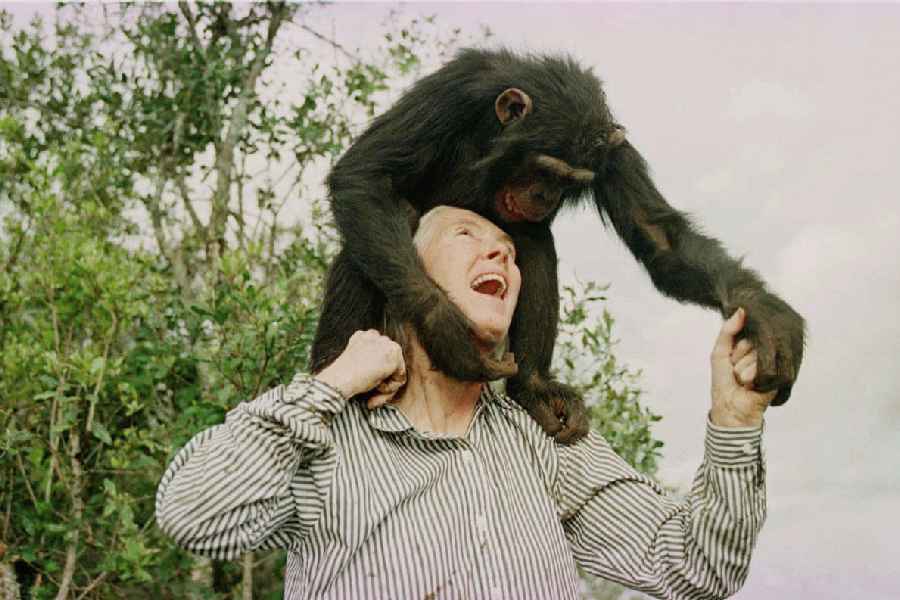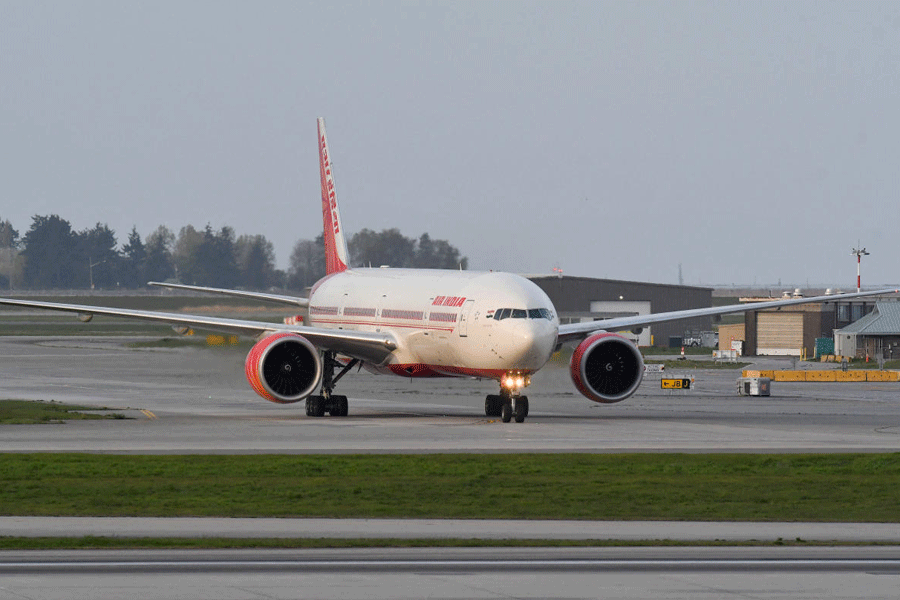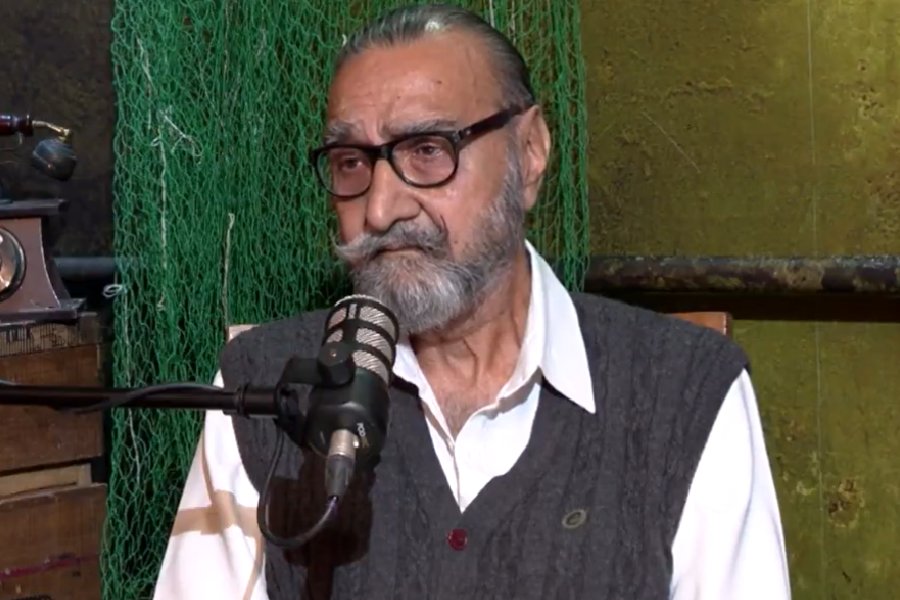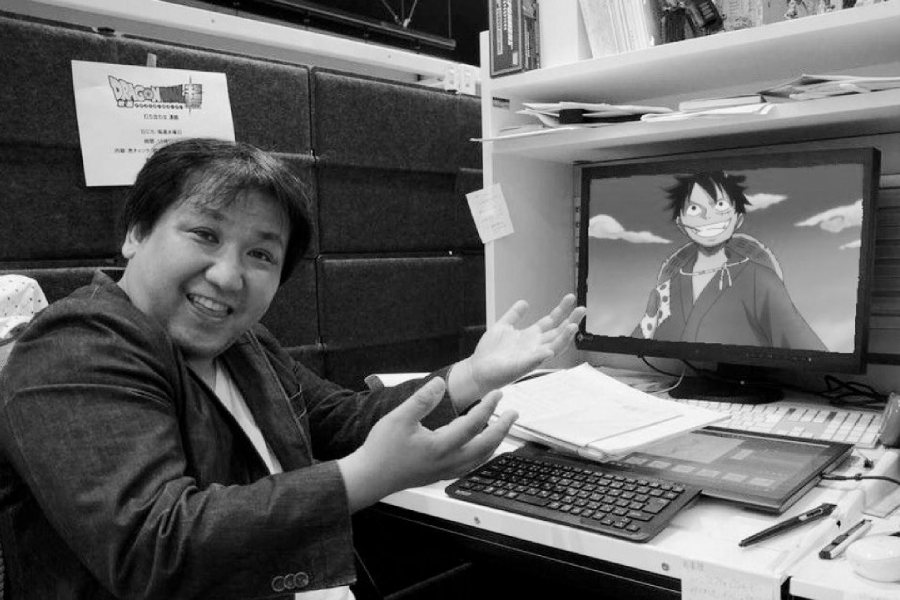To call Jane Goodall a pioneer would be accurate but insufficient. The renowned conservationist, who passed away at the age of 91 this week, was a young woman in a field that was, at the time, both male-dominated and sceptical of empathy within the scientific endeavour. Goodall challenged the methodological orthodoxy that saw scientific detachment as a virtue and fellowship as a weakness — one of the reasons often cited to keep women out of the sciences — with her insistence on treating animals as equals rather than objects to be studied. To add to her challenges, when she made her maiden journey to Africa, she had no formal training in biology. Yet her work with chimpanzees went on to alter not only the science of primatology but also the very idea of what it means to be human. She entered Cambridge for her doctoral studies in 1962 without even an undergraduate degree — an exception granted because her work was too groundbreaking to ignore.
What made Goodall’s work revolutionary was its dismantling of the human hubris about being especially blessed with intelligence that no other living creature shared. Through patient observation and sensitivity, Goodall showed that chimpanzees used tools, hunted, formed alliances, mourned their dead, and expressed affection — just as humans do. They also displayed jealousy, anger, tenderness — the full spectrum of ‘human’ emotions. With this, the line between human and animal, long drawn to justify Homo sapiens’ domination, began to blur. This also affected a philosophical shift. Her work invited moral reflection — on how humans treat animals in laboratories, in farms, in entertainment, and in the wild. More importantly, Goodall understood that conservation is not something that can be imposed, that it has to grow out of mutual benefit. Her projects in Africa combined education, reforestation, and economic opportunity — models that are now standard practices in wildlife conservation worldwide. In this, too, she was ahead of her time.
However, her most important contribution perhaps lies in her staunch advocacy that hope is not naïve optimism but moral stamina. To hope, in her understanding, was not to ignore despair but to resist paralysis. This was not a sentimentality born of privilege; after all, her hope remained undiminished in the face of years spent watching forests vanish, species decline, and the natural world fracture under human depredation. Goodall’s hope was pragmatic, grounded in the belief that small acts of care add up to change — a young person planting trees, a community protecting its watershed, a government enforcing anti-poaching laws. As climate anxiety grew and faith in global institutions faltered, Goodall’s voice gained a new resonance. She understood that hope, properly cultivated, can be a tool of resistance. This is her most lasting contribution to conservation in the 21st century.
As the planet continues to be ravaged ecologically, Goodall’s message feels more urgent than ever. The crisis is not only environmental but also moral. The same arrogance that once denied animals their intelligence now drives the exploitation of the Earth. Goodall’s life stands as a counterpoint to that arrogance.










